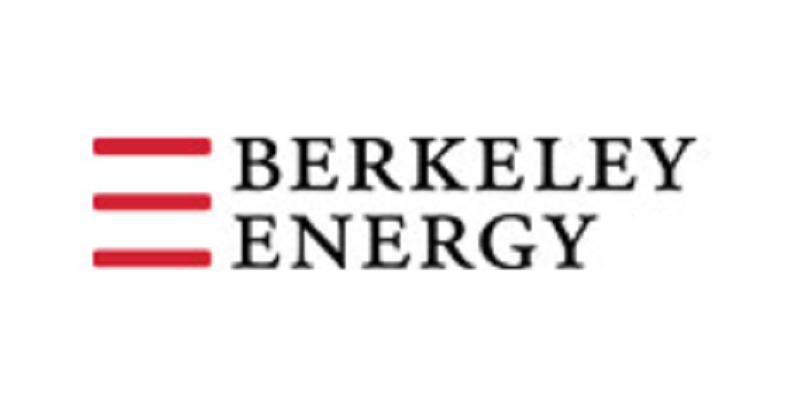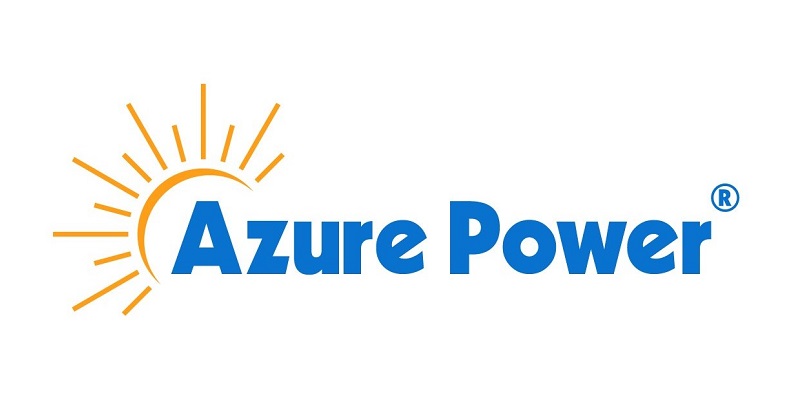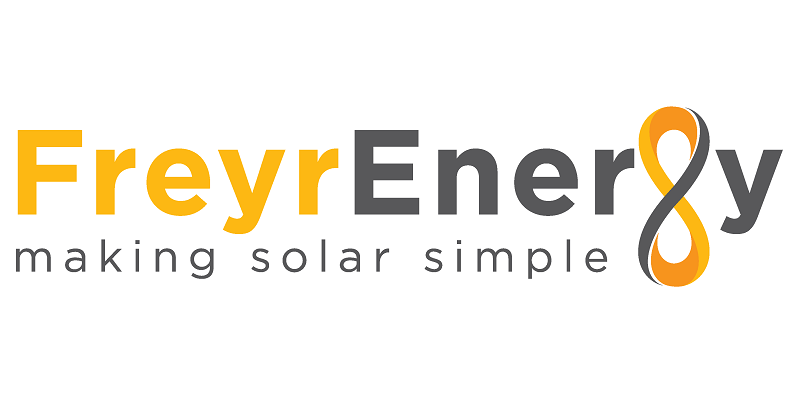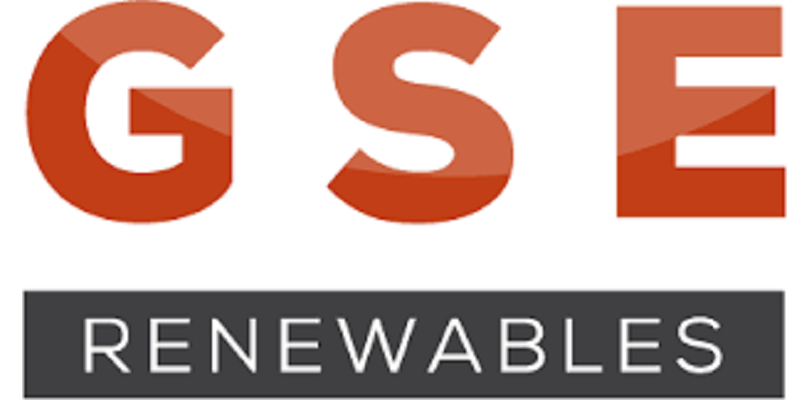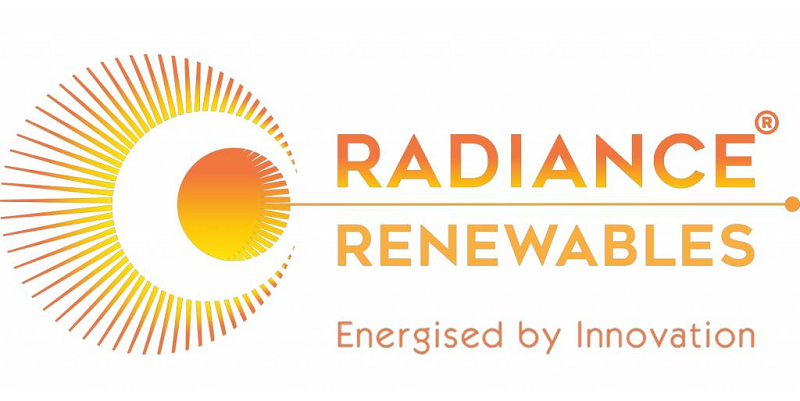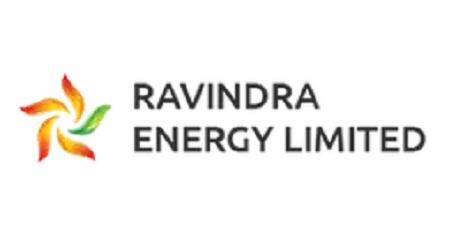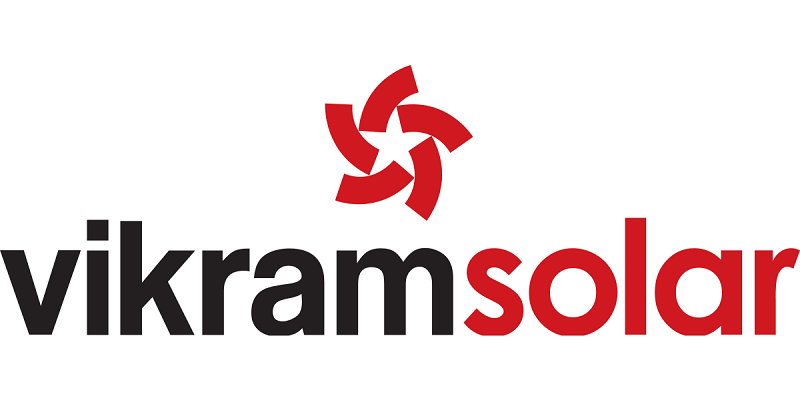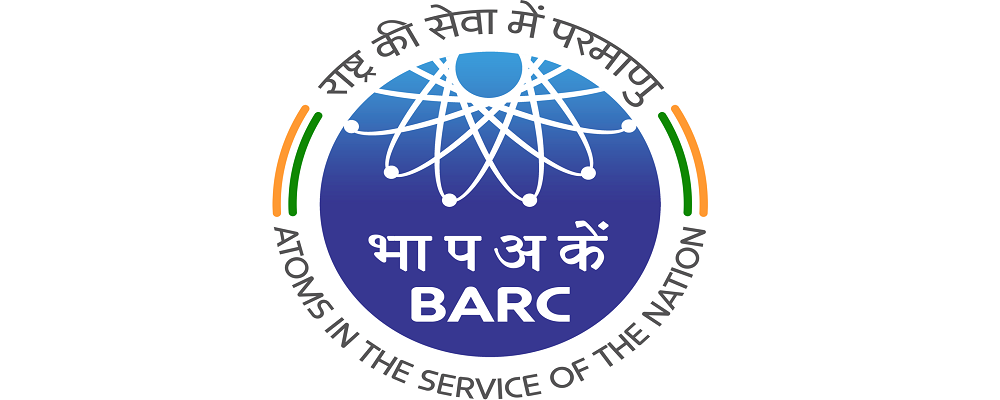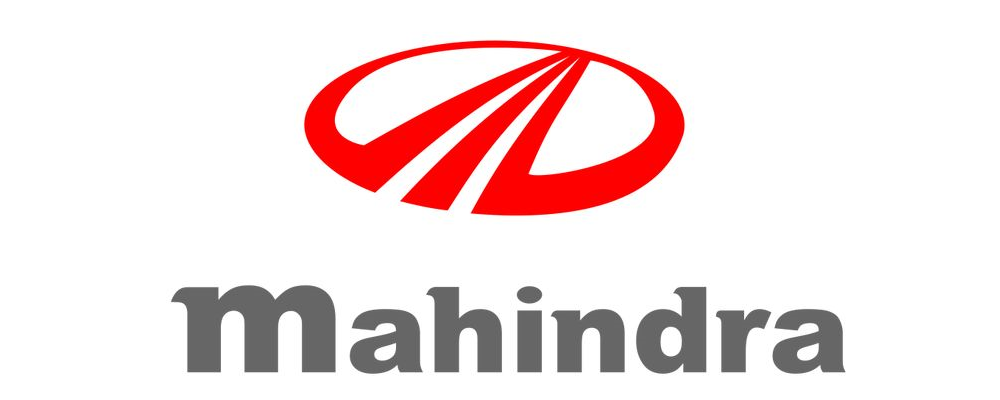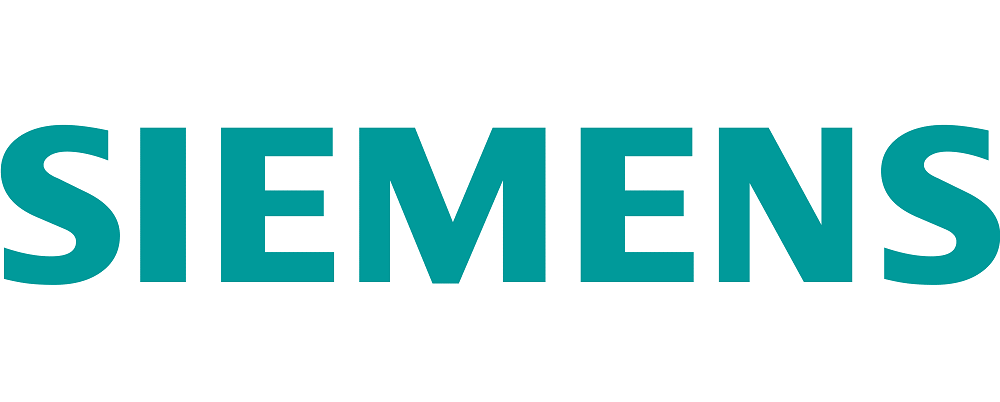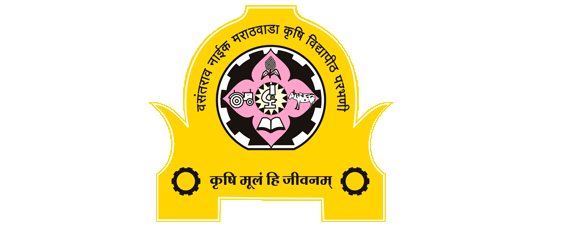About Our Company
Sahyogya Green Enregy Pvt Ltd

Founded in 2018, Sahyogya Green Energy Pvt. Ltd. began its journey in solar asset management with a modest 200 MW portfolio from the CleanMax Group and a small but passionate team of three professionals. Headquartered in Chhatrapati Sambhajinagar, we have steadily expanded our operations and now provide solar asset management services across 10 states in India, powered entirely by our fully in-house team.
Over the years, our unwavering commitment to excellence has earned us notable recognition in the industry. We are proud recipients of the "Excellent Asset Management Award" and the "Excellence in Safety Award" at the national level from CleanMax Group, underlining our dedication to operational performance and stringent safety practices. of 2025, Sahyogya Green Energy proudly manages a growing portfolio of over 200 MW of solar assets. Our dynamic team of 100+ skilled professionals includes a highly qualified technical workforce, a responsive in-house monitoring unit, a dedicated business development team, and experienced EPC and installation specialists.
Our Motive
"Prevention is Better than Cure"
We believe that proactive maintenance, safety compliance, and foresight-driven operations are the foundations of successful asset management.
Our Commitment
Our steady growth is a reflection of our dedication to delivering reliable, efficient, and performance-focused solar energy solutions. We uphold the highest safety protocols and operational standards, ensuring risk-free, sustainable, and optimized performance across all our projects.
Our Core Focus Areas
Maximizing plant performance
Minimizing downtime
Ensuring long-term asset health
We bring together on-ground operational excellence with advanced monitoring technologies and data-driven insights, delivering robust and sustainable asset performance across our portfolio.

